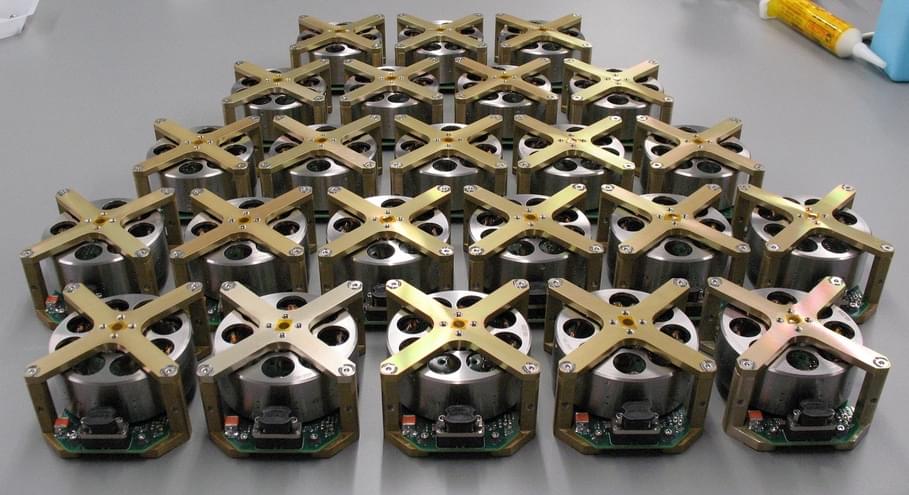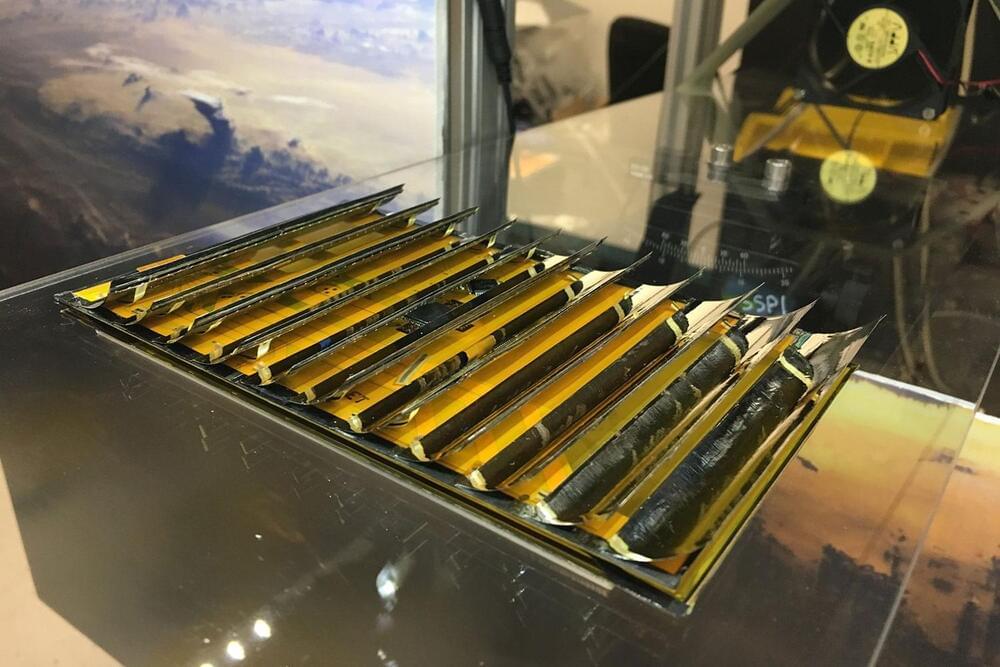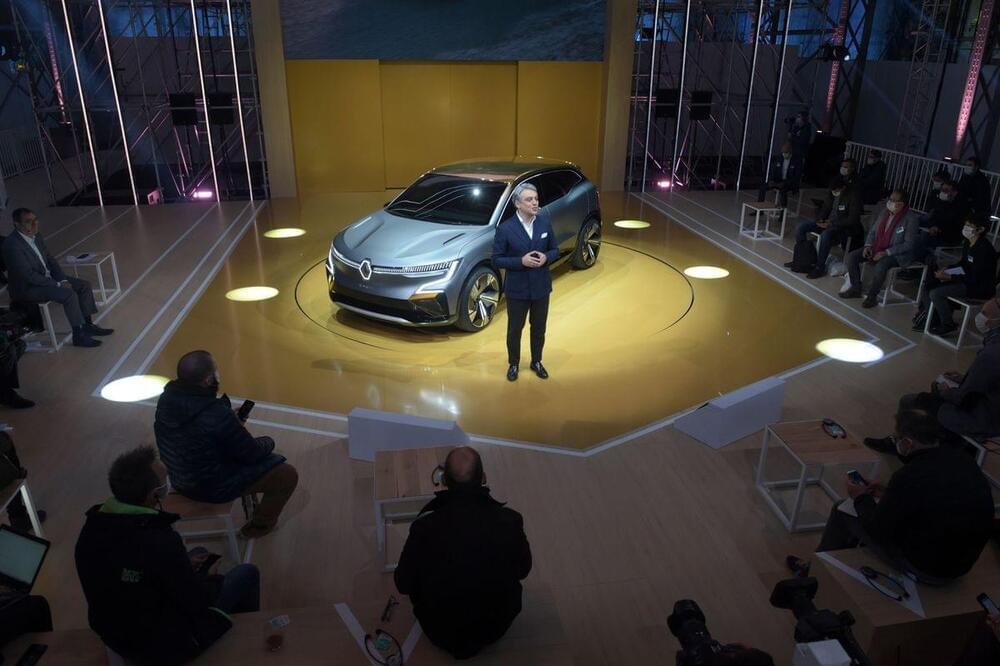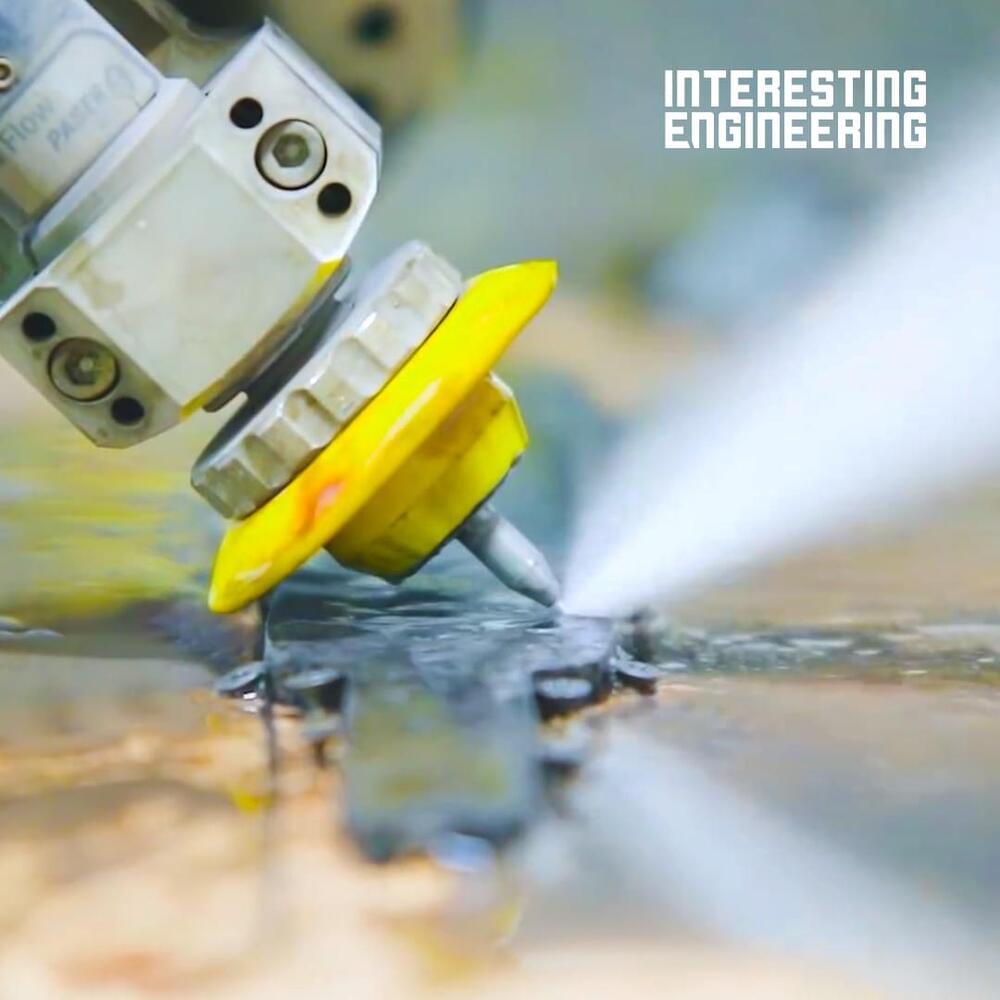INNO3D launches the NVIDIA GeForce RTX 3,080 Ti & RTX 3,080 iCHILL BLACK featuring a hybrid cooling solution and a slick metallic black finish.
LOMPOC, Calif. — Rocket Lab announced Sept. 1 that it is expanding production of satellite components to meet demand from companies developing satellite constellations.
The company said it is increasing production of reaction wheels, components used for attitude control of spacecraft. The company started offering those components after acquiring Sinclair Interplanetary, a smallsat component manufacturer, in April 2020.
The new production line will be able to produce up to 2,000 reaction wheels a year. “When we took over Sinclair Interplanetary, on a good year they were doing between 100 and 150 wheels,” Peter Beck, chief executive of Rocket Lab, said in an interview. “Going to a couple of thousand is a serious move up.”
We’ve been chatting with the winners of VentureBeat’s Women in AI awards. Here are the conversations, covering ethics, regulation, and more.
The cumulative effect of reduced PTPN2 activity on both mechanisms was an elevated fluid loss. The researchers proved this defect could be reversed by treating cells lacking PTPN2 with recombinant -; or synthetic -; matriptase.
A team of researchers led by a biomedical scientist at the University of California, Riverside, has identified a novel mechanism by which loss-of-function mutations in the gene PTPN2, found in many patients with inflammatory bowel disease, or IBD, affect how intestinal epithelial cells maintain a barrier.
The intestinal epithelium, a single layer of cells, plays a critical role in human health by providing a barrier while also allowing nutrient and water absorption. Intestinal epithelial cells are needed for regulating immune function, communicating with the intestinal microbiota, and protecting the gut from pathogen infection -; all of which critically depend on an intact epithelial barrier.
Affecting roughly 3 million Americans, IBD is a set of chronic intestinal diseases in which the lining of the gut becomes inflamed and leaky. Increased gut leakiness has recently been confirmed to increase the risk of developing IBD.
Its Cybertruck setback continues a long tradition, but the industry is no longer waiting for it.
California Institute of Technology (Caltech) has received $100 million in funding for their Space-based Solar Power Project (SSPP), which is developing technology capable of generating solar power in space and beaming it back to Earth.
Caltech describes the project as “collecting solar power in space and transmitting the energy wirelessly to Earth through microwaves enables terrestrial power availability unaffected by weather or time of day. Solar power could be continuously available anywhere on Earth.”
The Space-based Solar Power Project has been underway since at least 2013 when the first donation arrived from Donald and Brigitte Bren. The gift is now being disclosed as SSPP nears a significant milestone: a test launch of multifunctional technology-demonstrator prototypes that collect sunlight and convert it to electrical energy, transfer energy wirelessly in free-space using radio frequency (RF) electrical power, and deploy ultralight structures that will be used to integrate them.
When automotive chieftains gather in Munich this upcoming week for Europe’s first major car show in two years, they’ll do more than just lift the veil on shiny sheet metal. These are occasions where big deals tend to get done.
Consider one of the last times the auto world descended on a European city for such a forum in March 2019. Just before the action got underway in Geneva, the CEOs of Peugeot maker PSA and Fiat Chrysler met to sow the seeds of what blossomed into a mega merger, vaulting Stellantis NV into the same league as Toyota Motor Corp. and Volkswagen AG.
Tesla’s Gigafactory Nevada has achieved an incredible milestone. As seen in an image recently shared online, the expansive battery facility has formally produced its 1 millionth battery pack. This is a notable achievement, especially considering the uphill battle that Tesla and its battery partner, Panasonic, had to go through to ramp the facility’s battery production activities.
A picture of Gigafactory Nevada’s 1,000,000th battery was posted on the r/TeslaMotors subreddit. The special occasion was commemorated by the Giga Nevada team, with the battery pack being signed by numerous employees. A sign that read, “We have officially built 1,000,000 packs at Gigafactory Nevada,” could also be seen in the image.
Since starting its battery production activities in January 2,017 Gigafactory Nevada has played a key role in Tesla’s overall operations. The facility does not produce vehicles, but it manufactures powertrains and 2,170 battery cells for the Model 3 and Model Y, Tesla’s two mass-market cars. When it was initially pitched by CEO Elon Musk, however, the skepticism surrounding Gigafactory Nevada was notable.









